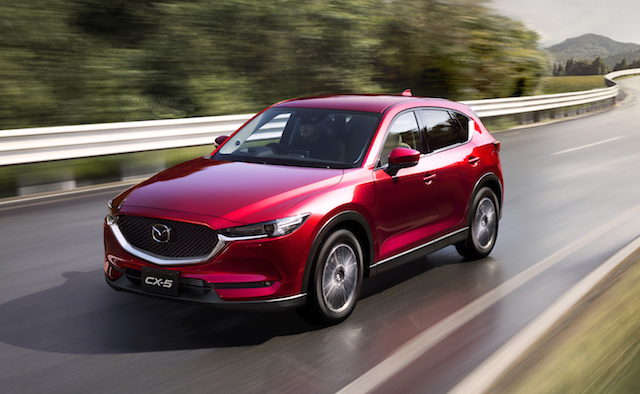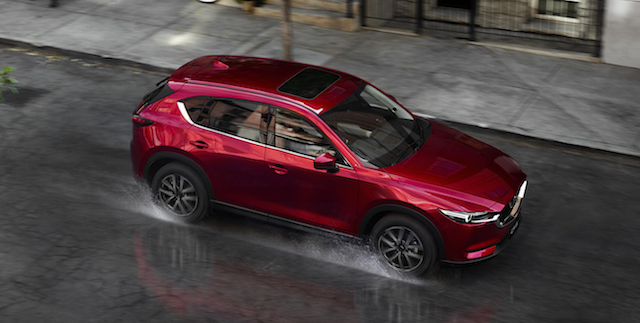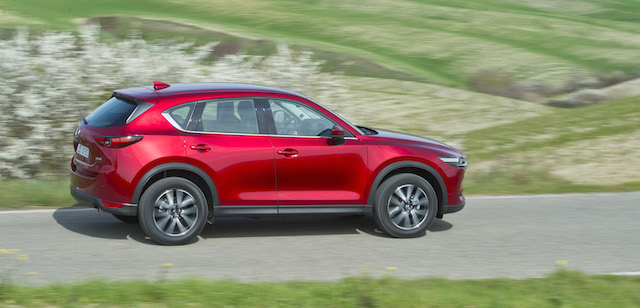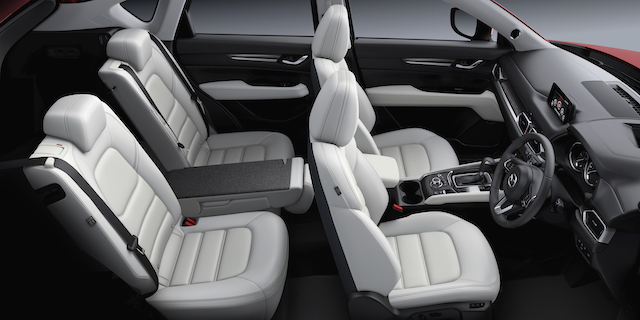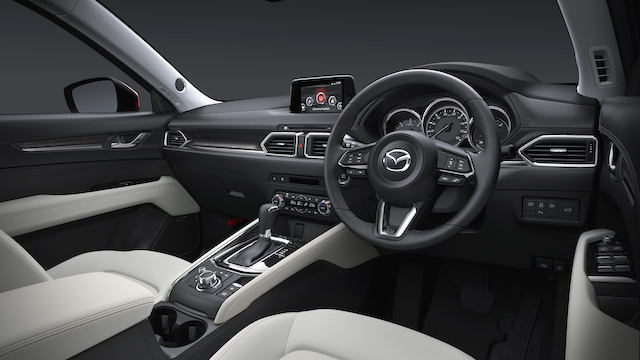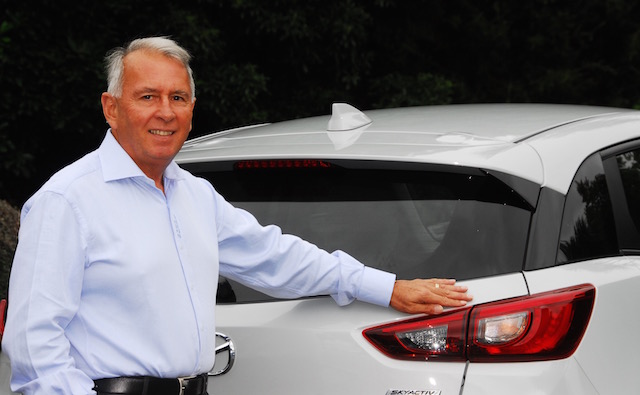
The way former Mazda NZ managing director Andrew Clearwater remembers it, the people at Ford never understood the relentless pursuit of quality that was at the core of Mazda philosophy.
It was the late 1980s, early 1990s. Ford HQ in Detroit owned 25 per cent of Mazda; had done since 1979. Clearwater was a Ford NZ marketing man. In the same building in South Auckland were Mazda NZ’s people.
“The Japan to US culture was very different then,” said Clearwater. Both Ford and Mazda shared components and platforms. In NZ they were jointly assembling vehicles. Elsewhere, Mazda was making parts for Ford.
The Harvard Business Review (HBR) pin-pointed in the early 1990s an example of the cultural differences. Ford had asked Mazda to build gearboxes for a car it was selling in the US.
Both companies were supposed to build to identical standards, under Ford’s then ‘Zero Defects’ requirement, which allowed for variances in tolerances.
It soon became clear that Ford’s gearboxes were inferior. Customers complained; warranty costs soared. Ford engineers dismantled Mazda’s gearboxes. At first they thought their gauges were faulty. Mazda’s gearboxes betrayed no variability.
Could that be why Mazda had so few warranty problems? HBR found that Mazda engineers worked consistently to bring parts in on target. They took a much more imaginative approach to quality control than Ford did.
Mazda managers worked on the assumption that robustness begins from meeting exact targets consistently, not from always staying within tolerances. In short, they were better off missing the target with perfect consistency than hitting it haphazardly.
This is mirrored in the Japanese philosophy jinba ittai and the artistic ritual ‘yabusame’, or the art of a ceremonial warrior shooting arrows at a stationary target from a galloping horse. The custom dates back more than 1000 years.
It was better for the warrior to consistently group his arrows on one part of the target than to be all over the place with perhaps one bullseye. Jinba ittai is the soul of Mazda’s engineering philosophy.
Anyway, in 1992 Clearwater quit Ford NZ and was immediately escorted out of its corporate offices. In an instant, he was no longer a Ford man. “A friend offered to take me home,” said Clearwater. “I said ‘Drop me at Mazda, they have a car for me.’”
Mazda NZ has had a car for Clearwater ever since, first as the company’s marketing manager and later its managing director. He retired the other day. “I’ve used the company credit card for the last time.”
Clearwater took over from former managing director Peter Aitken in November 2006. Together they had steered Mazda through the dying days in the 1990s of automotive assembly in NZ.
Tariff protection on imported new cars – first introduced in the early 1900s – was removed in the 1998 budget. For Mazda, a new, more prosperous era with vehicles mostly stamped ‘Made in Japan’ had begun.
Local assembly had always been hit and miss. “On a good day we could build cars near the quality of Japan – but there weren’t many good days,” said Clearwater.
These days Ford has very little to do with Mazda, apart from joint production plants in Thailand and China. At one stage Ford had 33.4 per cent of Mazda, but it sold most of its holding in 2008 when the global financial crisis bit deep. Ford’s last 2 per cent stake in Mazda went in 2015.
Clearwater’s last role for the company was introducing the second-generation CX-5, a medium segment SUV. The first-generation CX-5 landed here in 2012, the first Mazda to adopt the signature Kodo design language and the bundle of SkyActive engine, gearbox, and chassis technologies.
CX-5 has been the number one medium segment SUV in NZ for the past five years. In those 60 months CX-5 has topped the charts 39 times; its sales have grown from 150 to 250 a month to account for around 33 per cent of overall Mazda numbers.
The company expects to sell around 3000 new CX-5 models in NZ this year. It shares its 1840mm width and 2700mm wheelbase with the old model but is 10mm longer and 35mm lower. Prices have increased by between $250 and $1200.
In a nutshell, Mazda has taken an ‘If it ain’t broke, don’t fix it’ approach to the new model, all the while bringing a sharper look inside and out, tweaking things here and there, adding active safety systems, and further enhancing dynamics.
It says it identified 698 parts for improvement, many of them to make life easier for occupants. The cabin is a better place to be, roomier with a premium look and feel, redesigned switches, classier packaging and layout, more soft-touch materials, improved seating.
A few hours at the wheel from Auckland to the Coromandel and back the other day revealed CX-5 is noticeably quieter, too, thanks to thicker glass and more insulation. Indeed, Mazda says new CX-5 is quieter at 100km/h than the old one was at 80km/h.
Helping to hone refinement via improved dynamics is G-Vectoring Control (GVC), which controls engine torque based on the driver’s steering and acceleration inputs. It is stage one of Mazda’s new SkyActive dynamics package.
Six CX-5 models are available, priced between $39,995 and $57,495. Gearbox throughout the range is a six-speed automatic.
The two front-drive GLX petrol units get a 114kW/200Nm four-cylinder 2.0-litre engine. The two all-wheel-drive GSX models come with either a 140kW/251Nm 2.5-litre petrol or 129kW/420Nm 2.2-litre diesel. The premium all-wheel-drive Limited models offer the same 2.5 petrol/2.2 diesel choices.
Mazda figures the CX-5 sales split will be: 6 per cent GLX, 66 per cent GSX, 28 per cent Limited, 26 per cent front-wheel drive, 74 per cent all-wheel drive, 77 per cent petrol, 23 per cent diesel.
When Clearwater joined in 1992, Mazda sold 3200 new vehicles. Last year it sold more than 11,000. “Mazda’s in a sweet spot with its product and there’s more exciting stuff to come,” he said.
“The next five to ten years will see unprecedented change in the industry and the technology will be unbelievable. It’s going to be challenging, exciting – it’s hard to see where it will end up.”
- Clearwater’s replacement as managing director is David Hodge, Mazda NZ’s long-time financial controller.

